The Medieval Academy of America seeks to appoint an Editor for Speculum. The position is configured as part-time, requiring around 25 hours per week. The Editor is appointed for an expected five-year term, subject to acceptable yearly performance reviews, with the possibility of a second five-year term by mutual agreement. The editor should be an established scholar with academic credentials in some field(s) of medieval studies, broadly defined, with good organizational and decision-making skills. Experience in journal or book editing will be helpful but not necessary. The new editor should plan on taking office in the late Spring of 2019, and at the latest by July 1, 2019. Terms and conditions are to be negotiated, as is the physical location of the Editor.
Applications should be sent to the MAA by July 30, 2018. There will be electronic interviews in Fall 2018 and interviews with finalists in early December, 2018. Cover letters may be addressed to David Wallace, Chair of the Search Committee. In addition to a curriculum vitae, the cover letter should include ideas about future directions for the journal, and discussion of how s/he envisions setting up the position, either in the MAA office, now in Cambridge, MA, or by moving the operation to a university campus. If the latter, s/he will describe possible institutional support. The search committee wants to identify the best pool of candidates, and the MAA is willing to be flexible in finding ways to accommodate the various modes of professional life encountered in the searching process. However, wherever the ultimate location of the Editor, there will need to be access to a major research library and to graduate students who can be hired for assistance. Candidates should also include the names and email addresses of three scholars who can speak to the candidate’s editorial experience and scholarship; these references will only be contacted for long-listed candidates. The MAA President would be happy to respond to immediate questions about the duties involved, but candidates should also consult the fuller description of duties posted on the Academy website. The MAA also encourages nominations for the position, and there is a place to submit these on the website as well; all nominees will be sent a letter encouraging application.
For additional information, contact: EditorSearch@TheMedievalAcademy.org

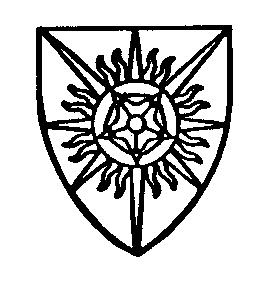 At the recent American Council of Learned Societies Executive Officers’ meeting in Ft. Worth, I met with the directors of more than sixty of our
At the recent American Council of Learned Societies Executive Officers’ meeting in Ft. Worth, I met with the directors of more than sixty of our 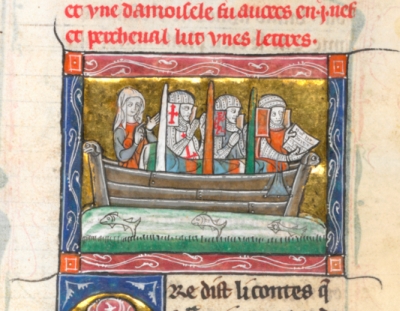
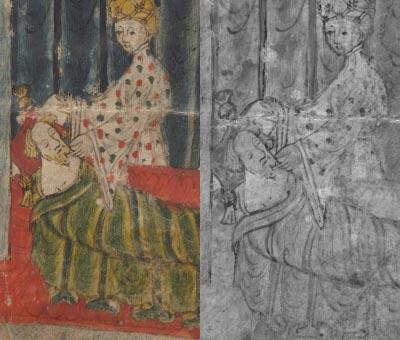
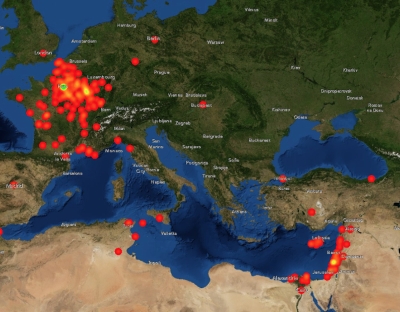
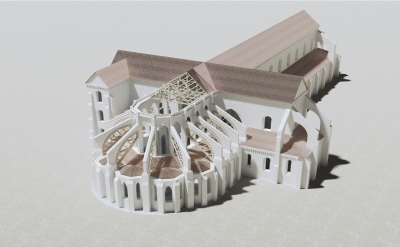
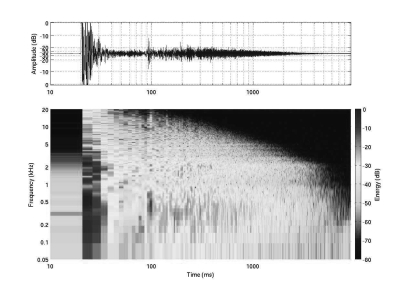
 We are very pleased to announce that the program for the 93rd Annual Meeting of the Medieval Academy of America is
We are very pleased to announce that the program for the 93rd Annual Meeting of the Medieval Academy of America is 

